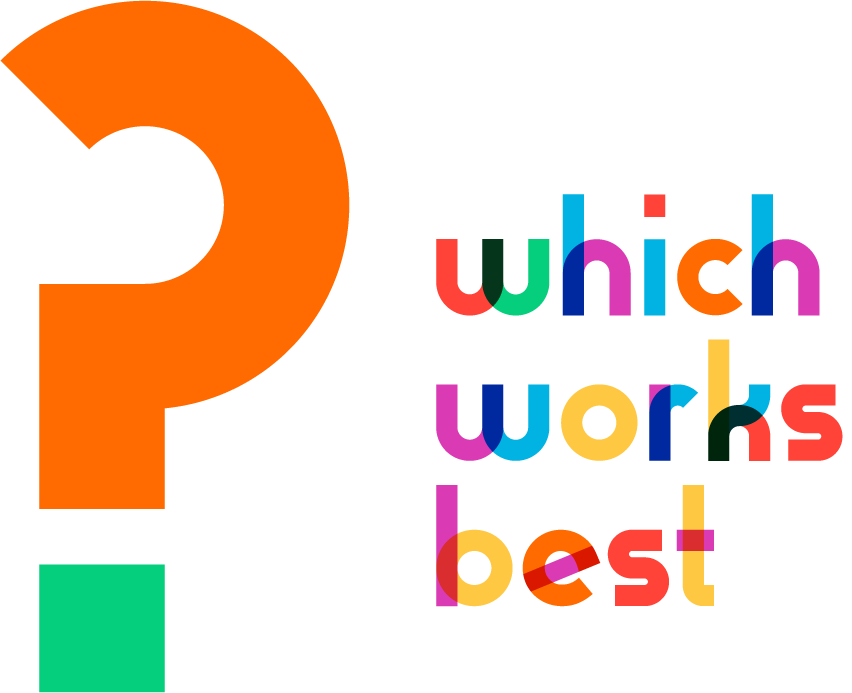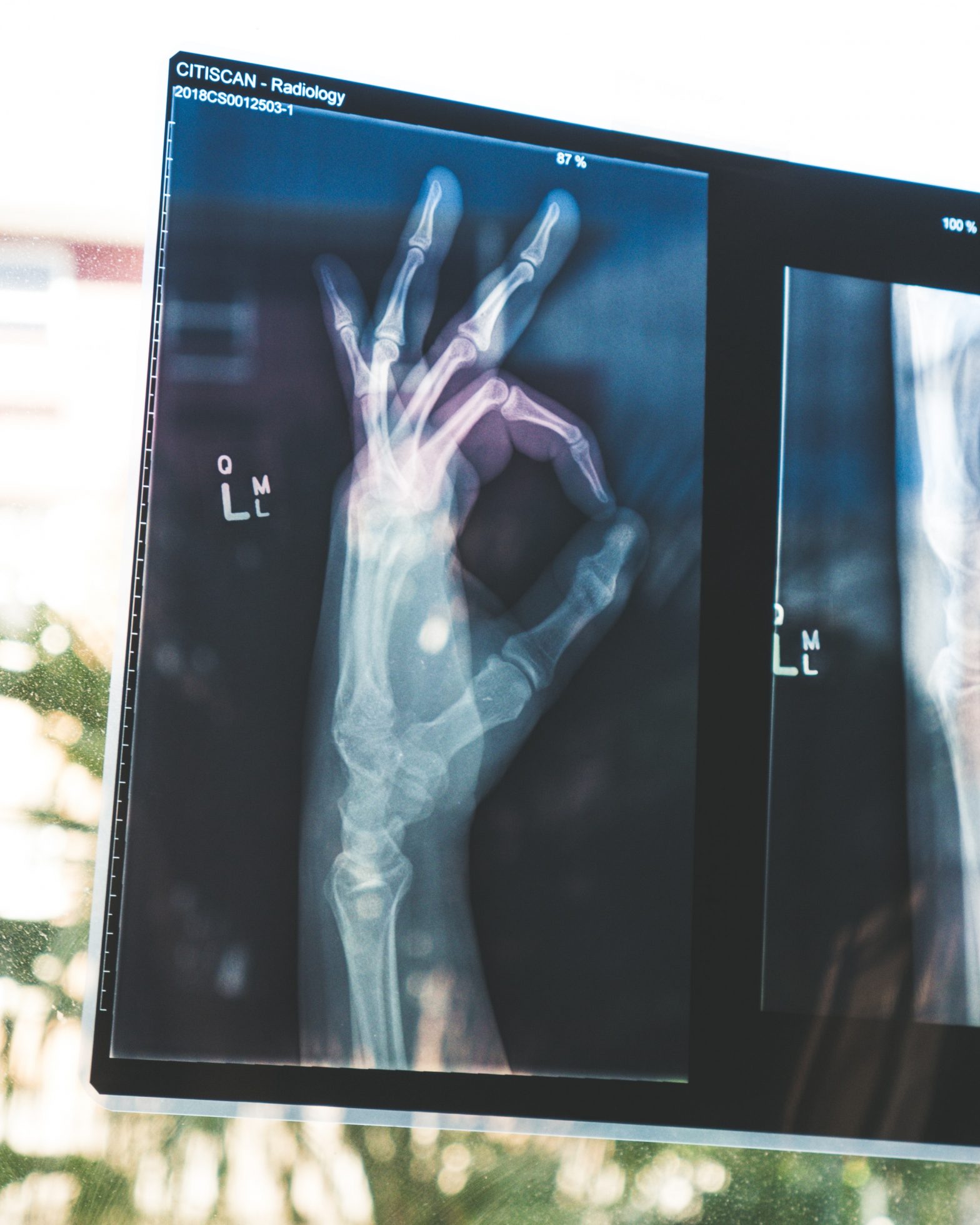Tales from a six month journey on the borderlands of health data
Like most of my Saturdays, October 6, 2018 began with an extra-large coffee laced with plenty of cream. And a book, in this case Yuri Slezkine’s mammoth The House of Government.
Built in the 1920s across the river from the Kremlin, the House of Government was a luxury apartment complex for the Soviet elite. Directly in the sight line of an increasingly paranoid Stalin, many of the building’s inhabitants wound up either in the Gulag or a mass grave in the ’30s and ’40s. Dark stuff.
I’d just started chapter 20, titled The Thought of Death, when I coughed hard.
Something leapt into my mouth, seemingly from just behind my sternum. Too surprised to get up and walk to a trashcan, I cupped my right hand and spit.
There lay a glob. I paused, trying to put a name on what I was seeing. In my cupped hand. Big, quivering, purplish. Blood.
I stared some more, then began assessing. For a few weeks, I’d felt a needling jab in one or two (or three?) spots in my left rib cage. I had dismissed the sensations as muscles strained by occasional sessions of push ups.
The jabs had multiplied the prior night. I’d woken a bunch of times, tossing and experimenting to find a position that would let me get back to sleep. I wondered how I might, in coming days, alter my push up regimen to work around these “strained rib cage muscles.”
Thinking more, as I stared at my cupped palm in the pale morning light, I realized that for months I’d been complaining to sundry friends about “slowing down.” Taking naps. Pruning my Saturday long runs from 10 miles… to 8 miles… to 6 miles… and walking, more and more, on those long runs, and sometimes even on short weekday runs.
What was to be done? I dismissed the impulse to rush to the emergency room on a Saturday morning as an amateur move. The ER would be packed with weekend warriors — hungover college kids with broken wrists, jittery parents cradling feverish kids, dry-mouthed old men troubled by their hangovers.
The longer I pondered, the more the idea jelled that the bloody cough, coming after months of rib jabs, naps and deceleration, was evidence of lung cancer.
Yep. This was lung cancer. I reasoned, further, that since my symptoms had been accumulating for months, I could wait to officially seek help until Monday. Anyway, who rushes to confirm a lung cancer self-diagnosis? Keep that box of knowledge closed a little longer so Schrodinger’s cat of optimism could continue to live… or at least not die. Who wants to be dragged along on the conveyor belt that leads into the clanging, ever-bright factory of modern medicine? Not me. I’d wait to go in Monday to see “a specialist.”
Meanwhile, I’d go for my morning run. Grinding out a few miles would show my body who was boss.
In fact, I almost died twice that day. That crazy day (lots more on that) launched me on six month a journey of investigating, reading, talking with doctors, reading, filling prescriptions, pouring over blood tests, comparing notes with friends, and, not least, digging through data from Fitbit, genetic tests and glucometers.
Along the way, I’ve learned that my experience — as big for me as it was tiny on the global scale of illness — hints at both the immensity of the promise and challenges of the coming epoch of personal health data.
On the one hand, personal health data is exponentially multiplying in quantity and quality, just as machine learning, fortuitously, becomes powerful enough to discern subtle patterns buried in and across all that data. We stand on the edge of a revolution in the prediction, diagnosis and coaching of physical and mental health.
On the other hand, numerous accreted barriers — institutional gridlock, data hoarding by care providers, corporate secrecy, data incompatibilities, regulations, regulators, guild self-interest, professional training, insurance reimbursement — block us from using that data for personal benefit.
The exact future of healthcare is a black box. But, using frameworks developed by academics seeking to understand prior technology-led revolutions, we can start to describe its location and edges.
What follows is a log of the six months — experiences, reading, testing, conversations — that led to the following conclusions:
- Over the next 20 years, consumer health technology will become 10,000-times more powerful, usable, affordable and/or useful.
- Spiraling feedback loops of consumer demand and innovation will push direct-to-consumer health solutions in directions that are unimaginable today.
- Adoption by consumers will skyrocket. Bio-monitors — embedded in our eye glasses, toilet seats, phones, steering wheels, keyboards, shoes, guts— will be as ubiquitous and interwoven with our lives as clothing is today.
- AI will detect patterns in the output data, transforming how we understand both diagnosis and treatment.
- Most of today’s medical industry, which already lags state of the art innovations in technique and technology by an average 17 years, will be overwhelmed and then disintermediated.
- By the year 2039, unless you’re pregnant or have a broken bone, Google will be medicine’s new waiting room. And AI, assisted by nurses and PAs, will do most doctoring.
- Meanwhile, as pundits and Congress grumble about Facebook allowing Netflix to read and edit our private messages, hundreds of thousands of individuals will suffer because they, or their agents, can’t access and analyze their own data.
What’s ahead may be naive tech utopianism or fact-based, high-probability prognostication… or both. Your views welcome!
Read next: Part 1: My night continues downhill; Fitbit’s muteness grows louder.
INDEX
Prologue: Two times Fitbit didn’t save my life; my six month journey on the borderlands of my own health data.
Part 1: My night continues downhill. Fitbit’s muteness gets louder.
Part 2: 23andme detects no clotting genes; demand for genetic expertise outpaces supply; DNA surprises about my personality and eating habits.
Part 3: A cartoon of the future of the medical industry.
Part 4: Five categories of predictable exponential tech change: devices, granularity, volume, utilization, software.
Part 5: Two categories of unpredictable change: the demands of individuals and their communities.
Part 6: Medicine, already trailing state-of-the-art techniques and technology by 17 years, gets lapped.
Part 7: Like fax machines, newspapers and encyclopedias, is medicine another information processing machine on the verge of being disintermediated by mutating consumer demands and tech innovation?
Part 8: Ten possible frontiers of consumer-led healthcare change.




